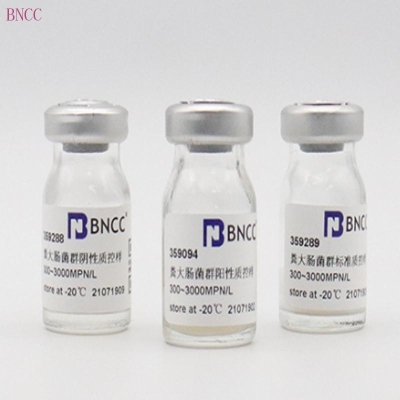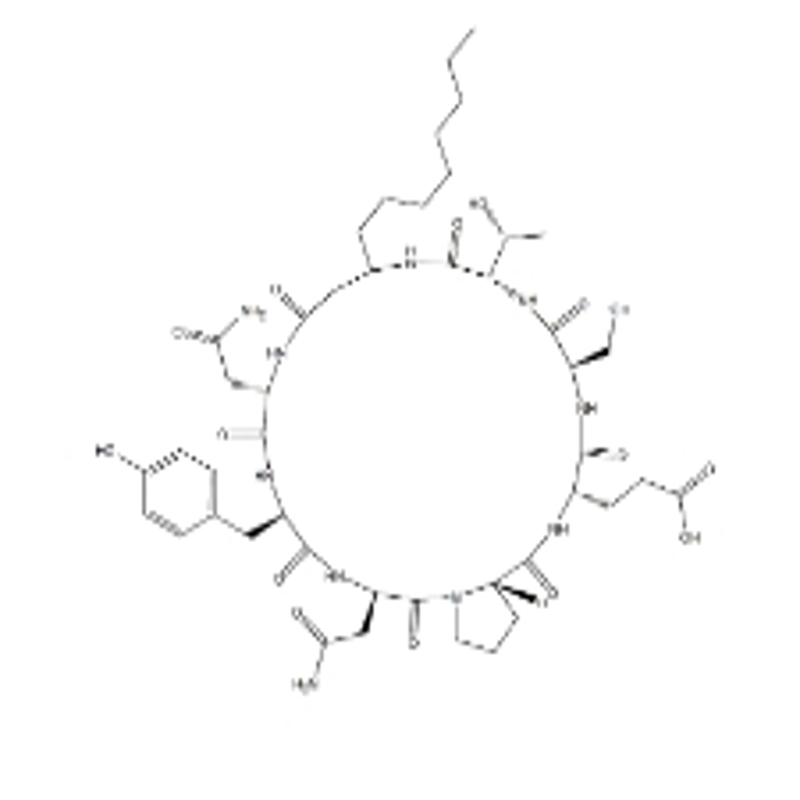-
Categories
-
Pharmaceutical Intermediates
-
Active Pharmaceutical Ingredients
-
Food Additives
- Industrial Coatings
- Agrochemicals
- Dyes and Pigments
- Surfactant
- Flavors and Fragrances
- Chemical Reagents
- Catalyst and Auxiliary
- Natural Products
- Inorganic Chemistry
-
Organic Chemistry
-
Biochemical Engineering
- Analytical Chemistry
-
Cosmetic Ingredient
- Water Treatment Chemical
-
Pharmaceutical Intermediates
Promotion
ECHEMI Mall
Wholesale
Weekly Price
Exhibition
News
-
Trade Service
Bovine leukemia virus (BLV) is a retrovirus structurally related to human T-cell leukemia virus-I and -II and simian T-cell leukemia virus. It infects principally B-lymphocytes (
1
), causing a persistent expansion of B-cells, termed persistent lymphocytosis, in approx 30% of infected cattle; about 5–10% of these animals eventually progress to leukemia or lymphoma (
2
). The disease is common in the United States, where economic losses as a result of the condemnation of carcasses with lymphoma cause an annual estimated loss of $44 million (
3
) and reduced milk and milkfat production in lactating cows with persistent lymphocytosis causes another $42 million annual loss (
4
,
5
). Loss of trade to countries which prohibit importation of BLV infected cattle is also a significant loss (
3
).







